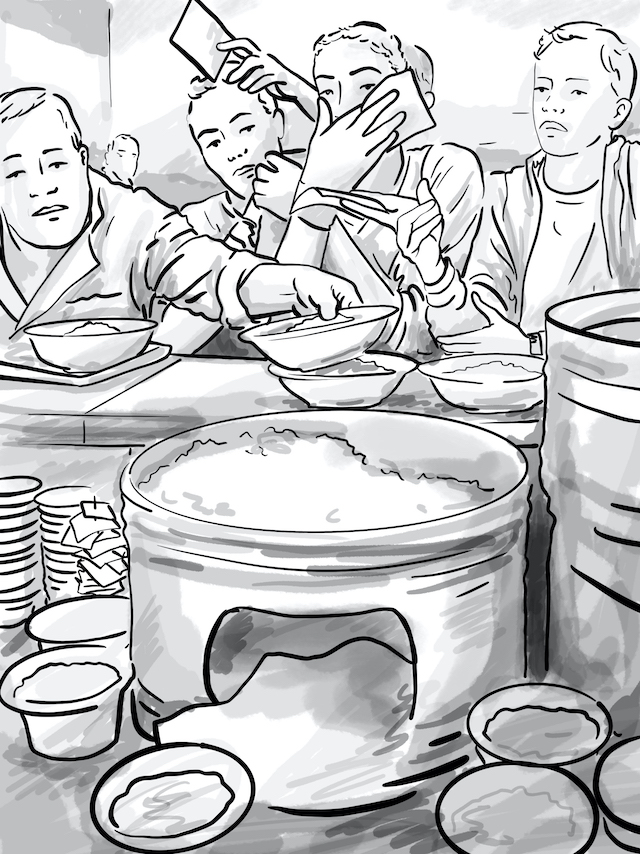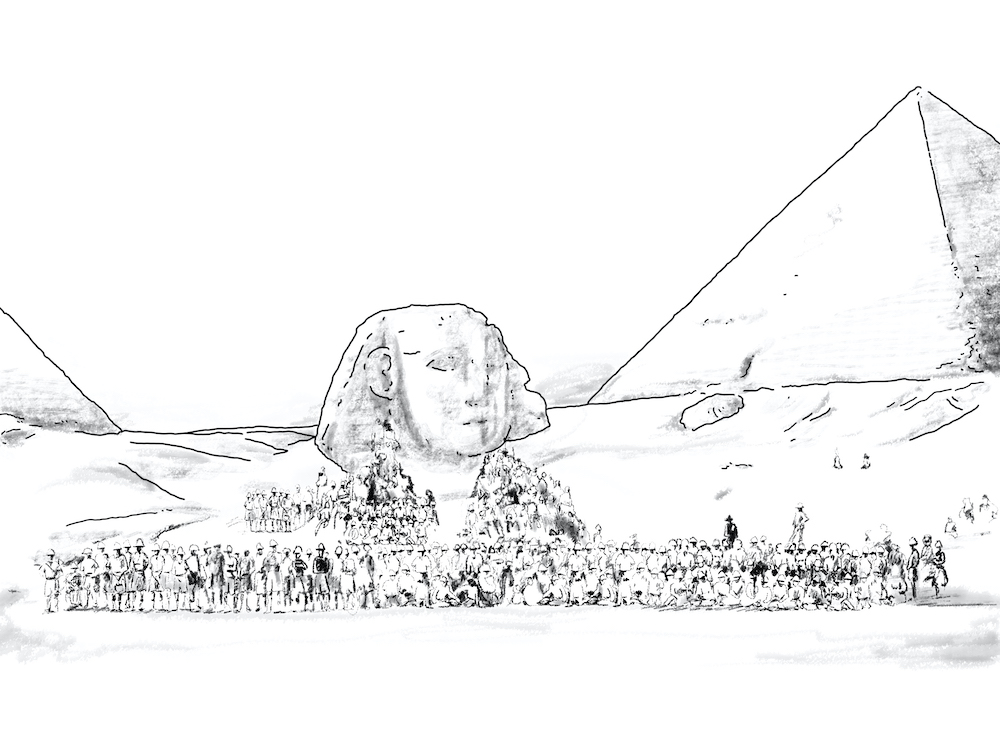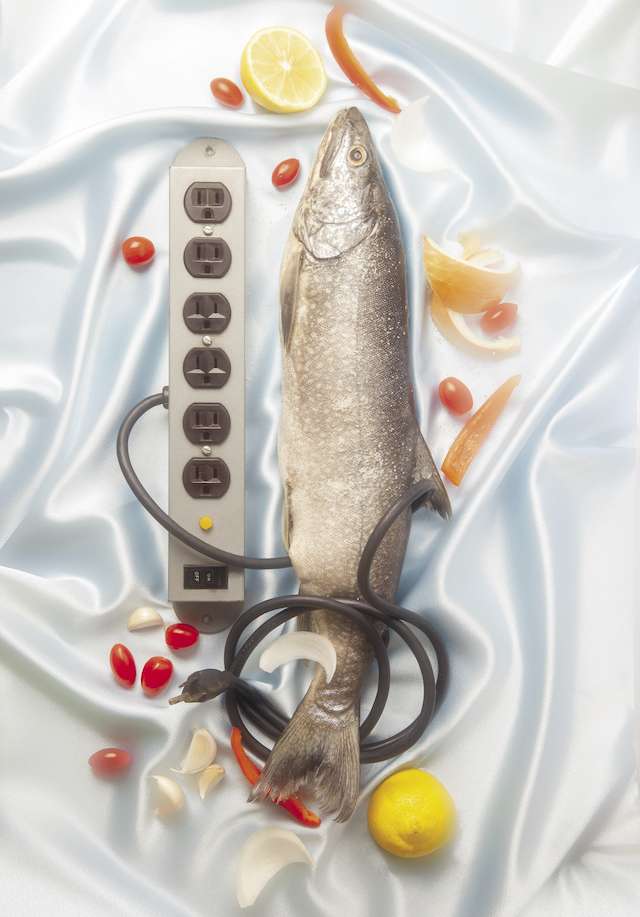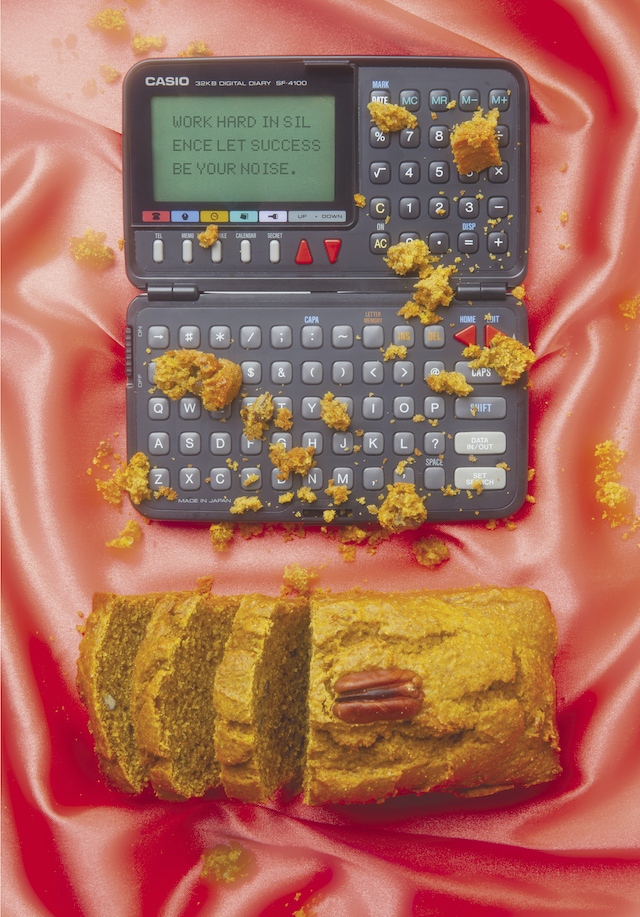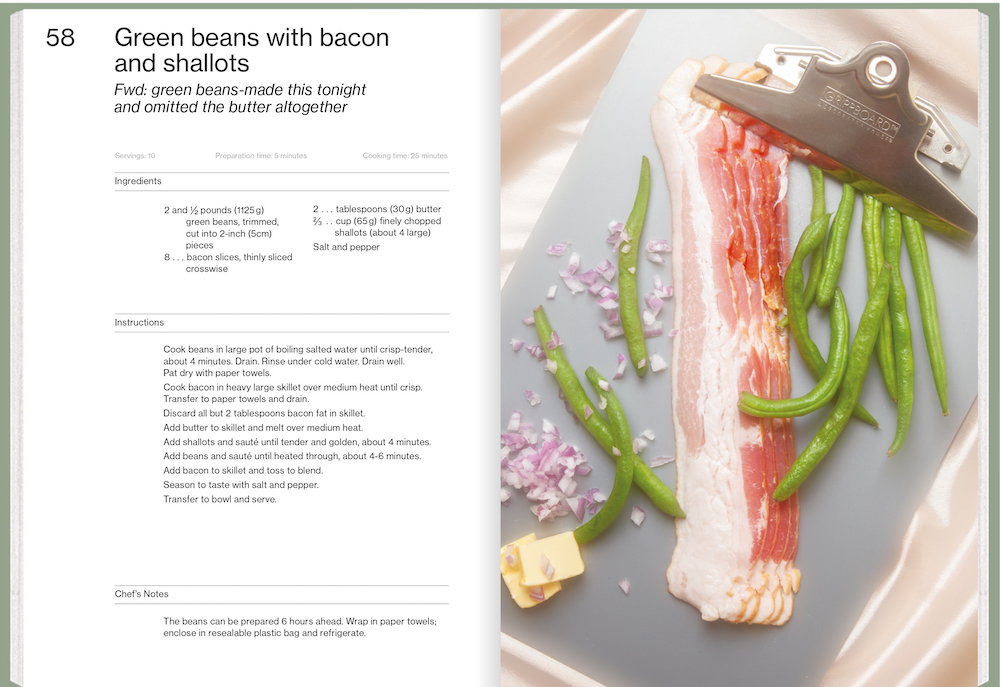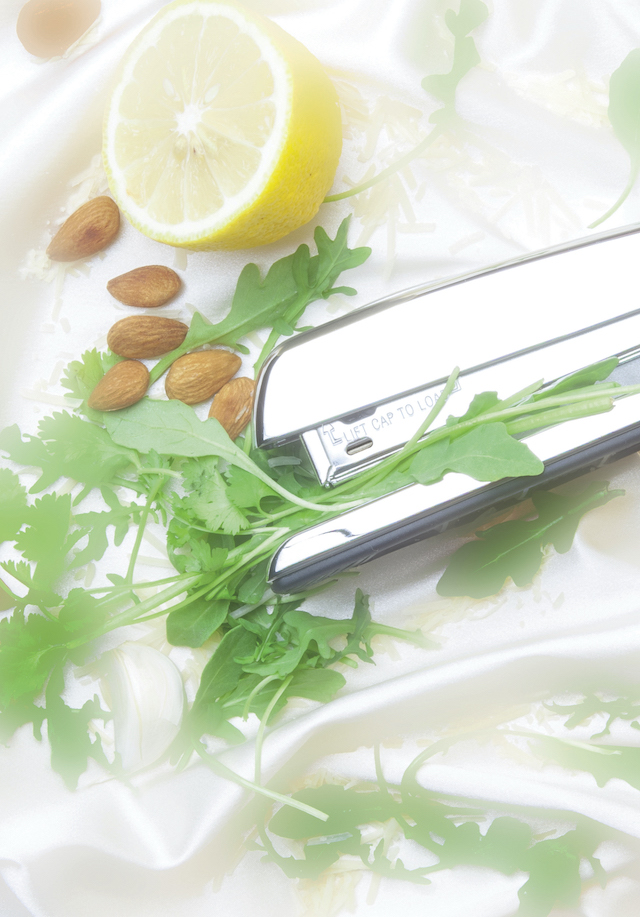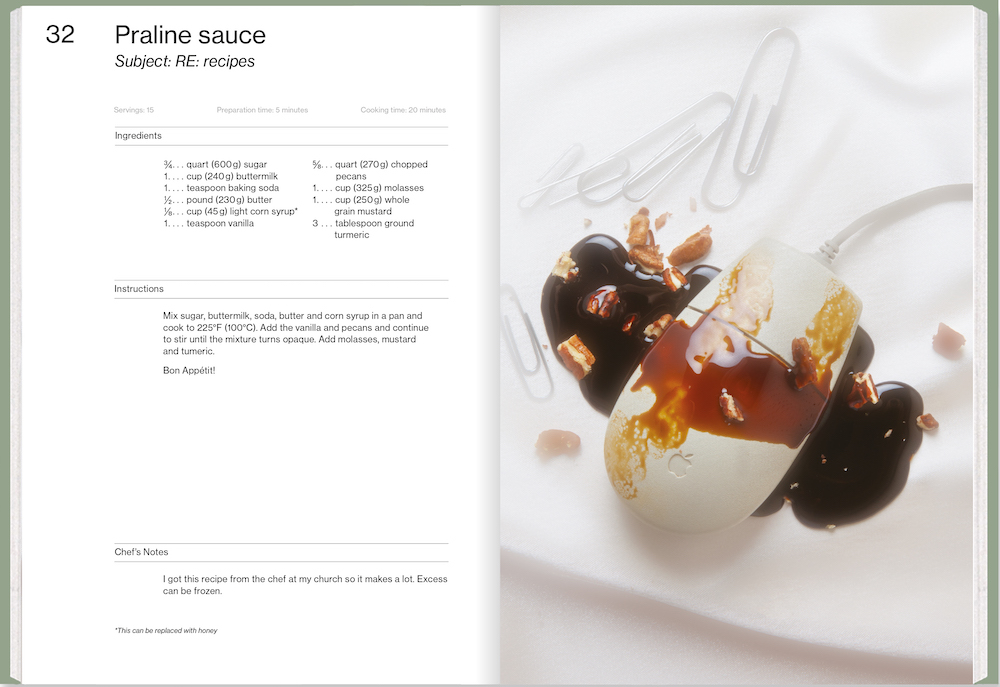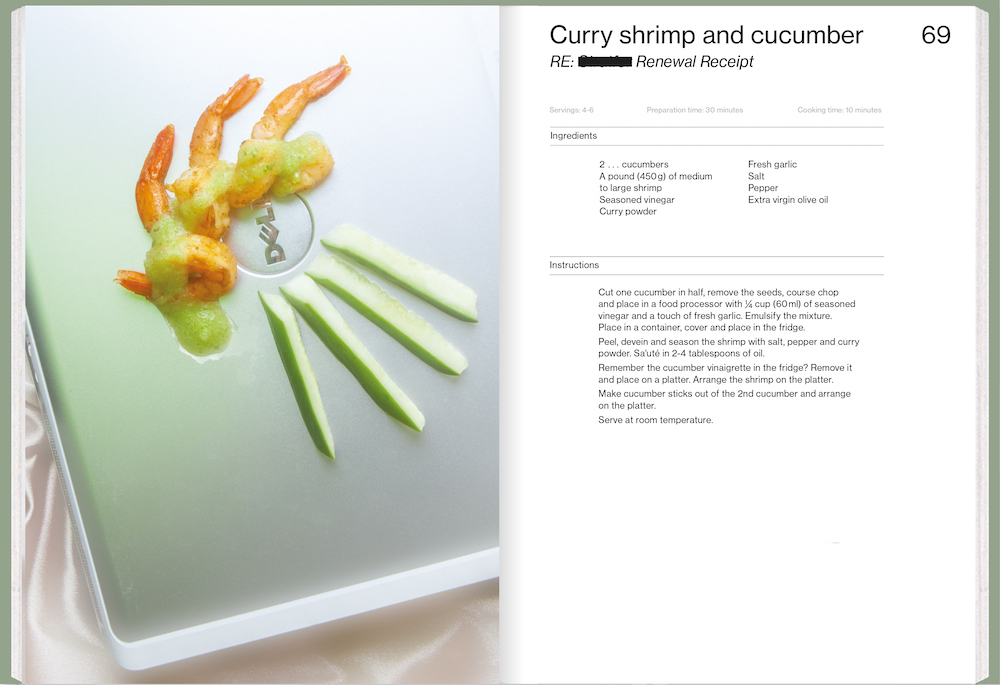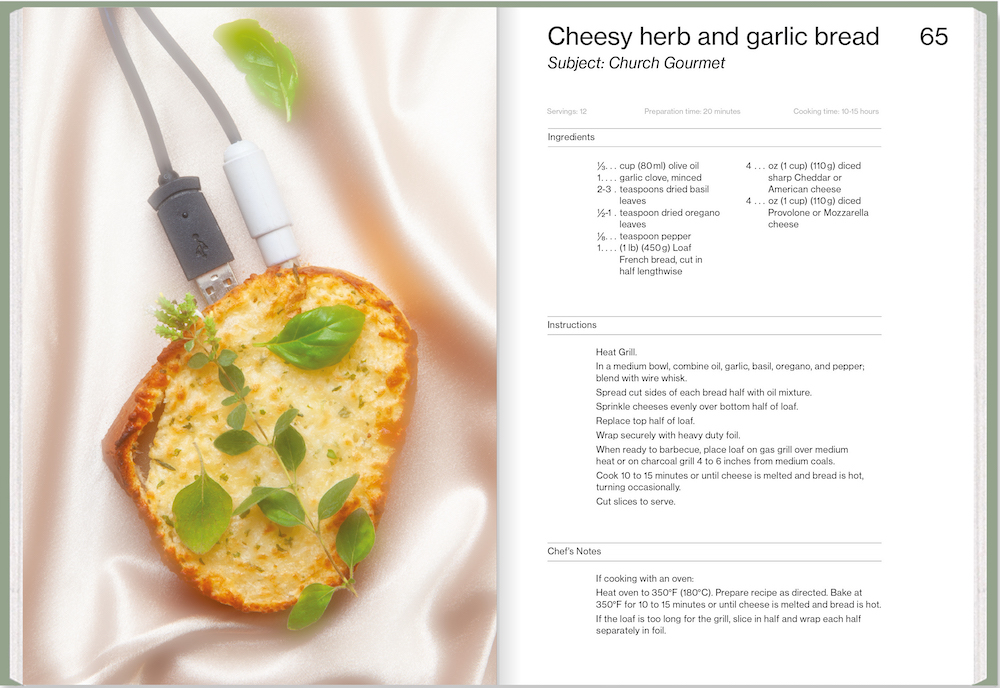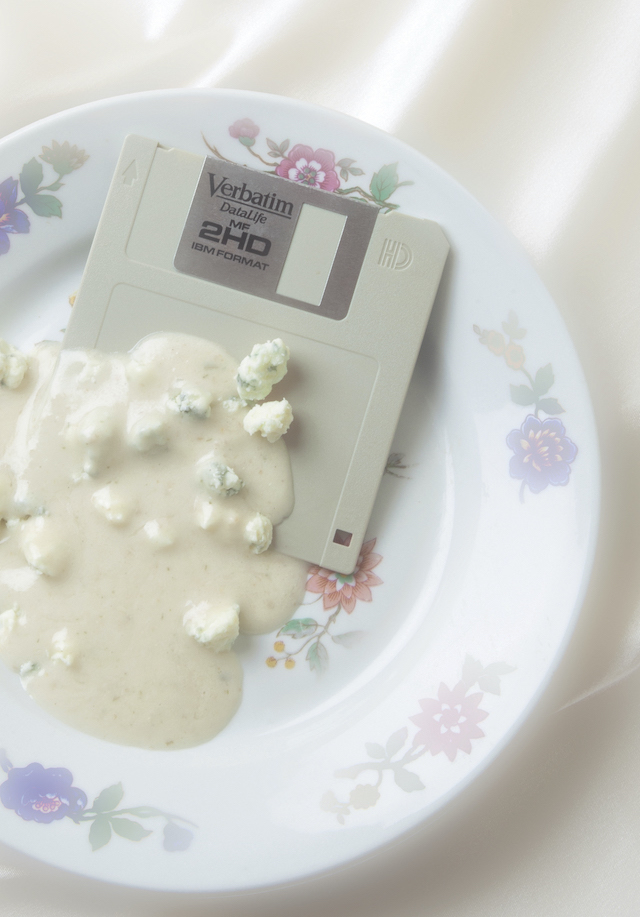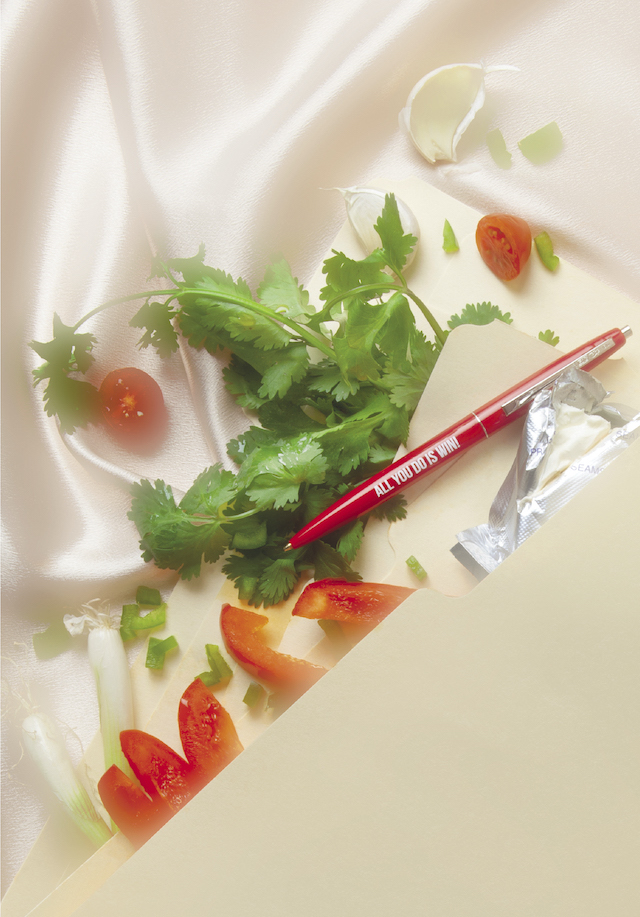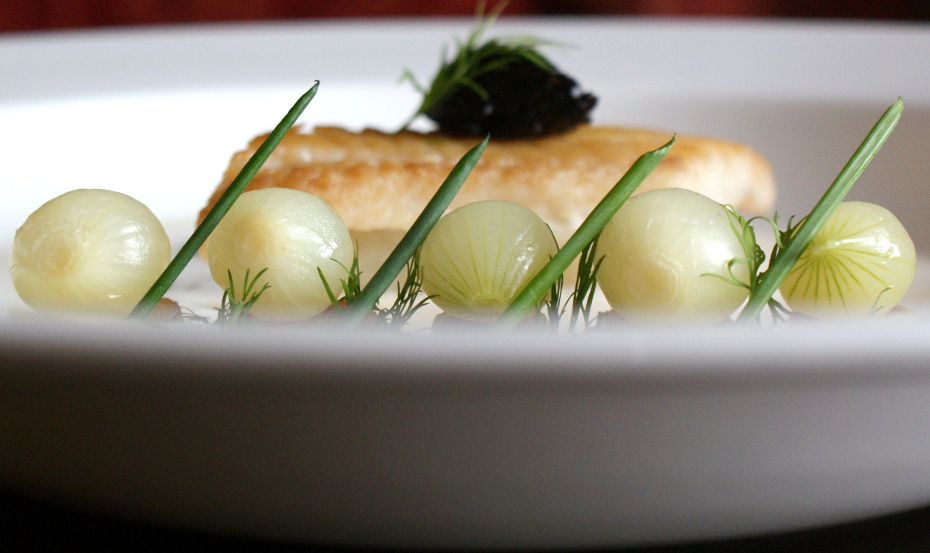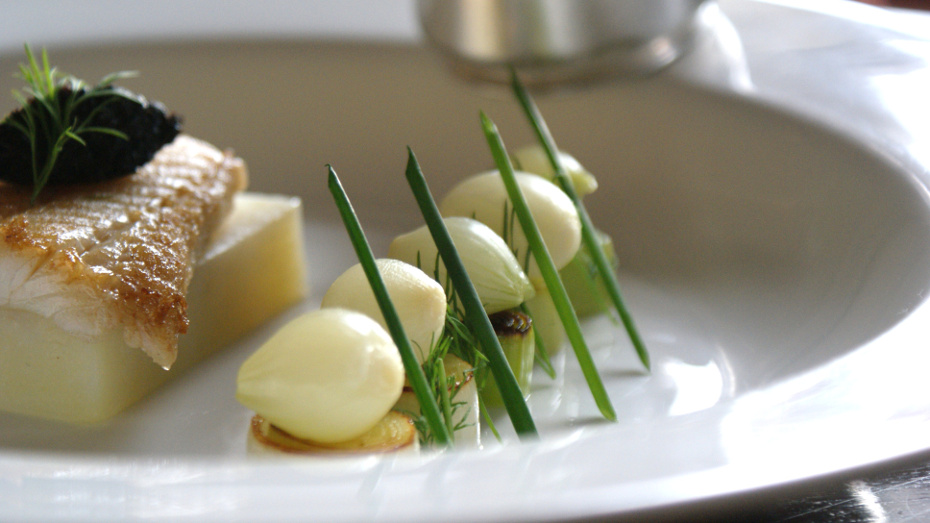Umami Journal explores the culture, history and ancient methods of food
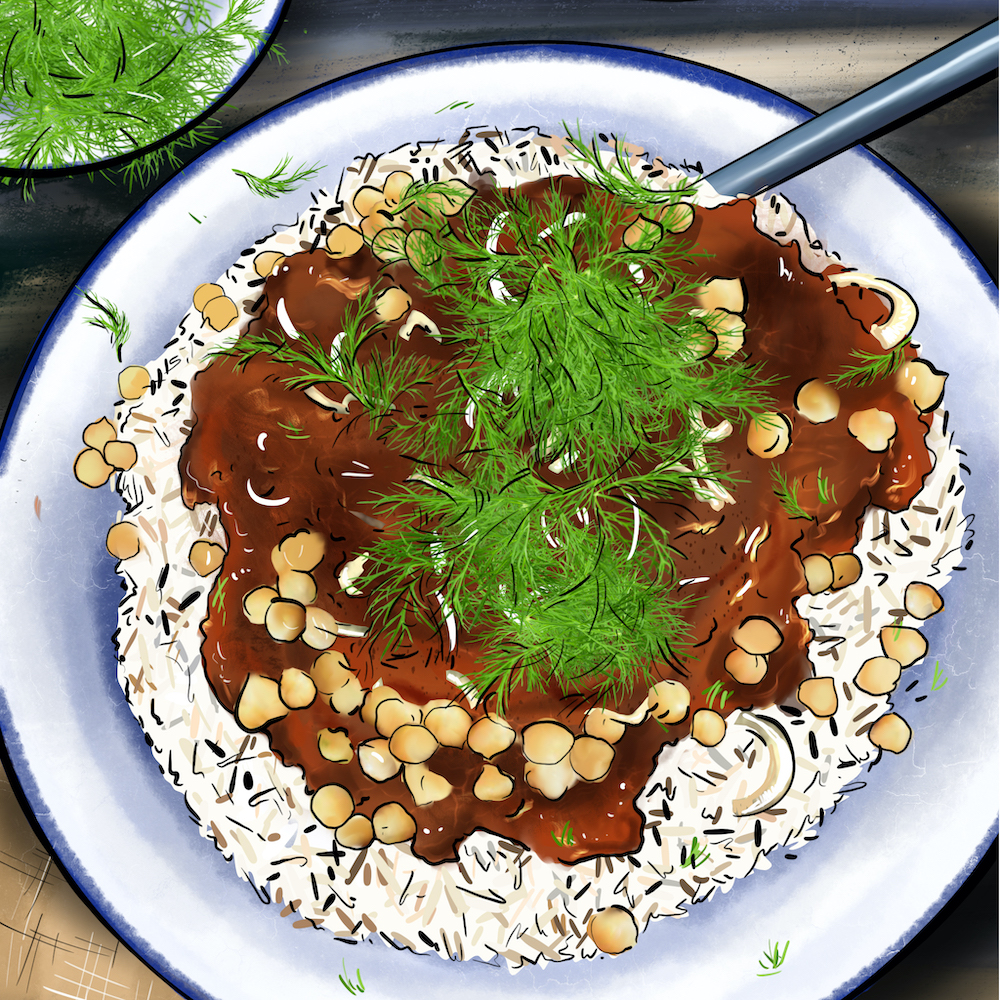
The history of food is rich and fascinating; it betroths a shifting timeline that sees seasons, cultures and discoveries affect the very ingredients that enter the fridge, pot and mouth. In a time before now, the meals that were consumed were much determined by the weather and geography, meaning that palettes were in some cases limited and dependable on supply. But equally, they were in synchronicity with the environment. Now – with advanced technology, globalisation and travel – we have ingredients and cuisines at our finger tips. The immediacy and expectation of what arrives on a plate has overshadowed its roots, diminishing the thought and consideration that comes with its origin and meaning. How often do you spend a moment to observe and appreciate what you eat, and more importantly, learn where it comes from?
Umami Journal takes its readers beyond the recipe as it delves into the culture of food, looking at its history as it celebrates ancient methods of eating – as well as the new. Sustainability is therefore intertwined with Umami’s ethos, where vegetarian or vegan sourced ingredients make up the entirety of its menu. Not to mention its delectable illustrations created by London-based multi-disciplinary artist Diogo Rodrigues which further exemplify its attention to craft. Here, founder and editor in chief Poppy Mist discusses the relationship between food and culture, the importance of sustainable cooking practices, and her favourite dishes published on Umami Journal to date.
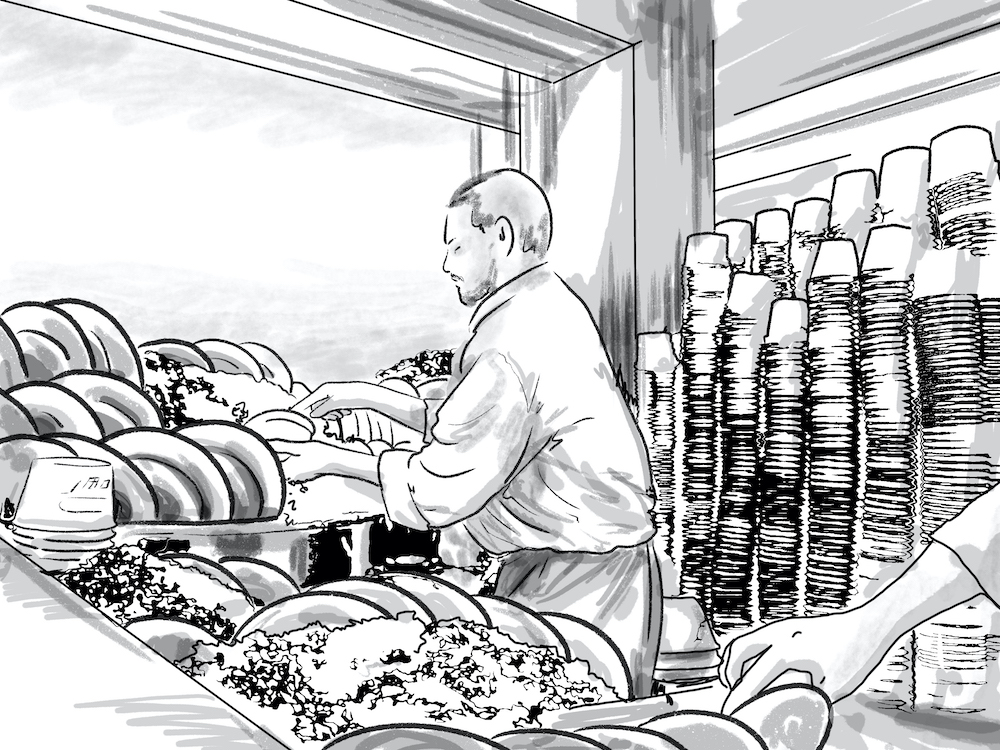
Who makes up the team, and what led you to set up Umami Journal?
I’m the founder and editor in chief. Growing up with a mother who was a chef, I have always been passionate about food and cooking. I have a background in anthropology, specialising in migration studies, and have a particular interest in how the movement of people shapes food culture. I launched Umami Journal during the pandemic as an attempt to bring these passions together.
Diogo Rodrigues is the illustrator. Originally from Northern Portugal, Diogo’s background in sculpture is the foundation of his later works, with current expressions focusing on illustration and tattoo art – particularly influenced by Japanese and tribal imagery.
What does Umami Journal stand for, what’s your goal?
Umami Journal is an online platform that takes people beyond recipes, investigating their cultural nuances and history. Every recipe has a story, whether that’s related to the style of cuisine, a particular ingredient, or the dish itself. We also feature other types of articles that celebrate ancient methods of eating whilst simultaneously recognising new, innovative techniques and ideas, and have recently begun curating events as well.

What is sustainable eating, how does this translate through the ingredients and methods you use to cook?
Consuming less animal-based products, and eating more local produce are both vital to tackling climate change. All of our recipes are vegan and/or vegetarian and aim to utilise seasonal produce as much as possible. My aim is to produce delicious vegetarian recipes where people won’t miss the meat.
Can you pick out a couple of favourite recipes and tell me how they’re sustainable, how they’re made and their history?
One of my favourite recipes at the moment is Koshari, Egypt’s national dish. Its origins emblematise the country’s cultural history. It consists of a marriage of Arab, Indian and Mediterranean flavours, a hearty blend of rice, lentils, chickpeas and macaroni, topped with a rich tomato sauce and finished with crispy fried onions.
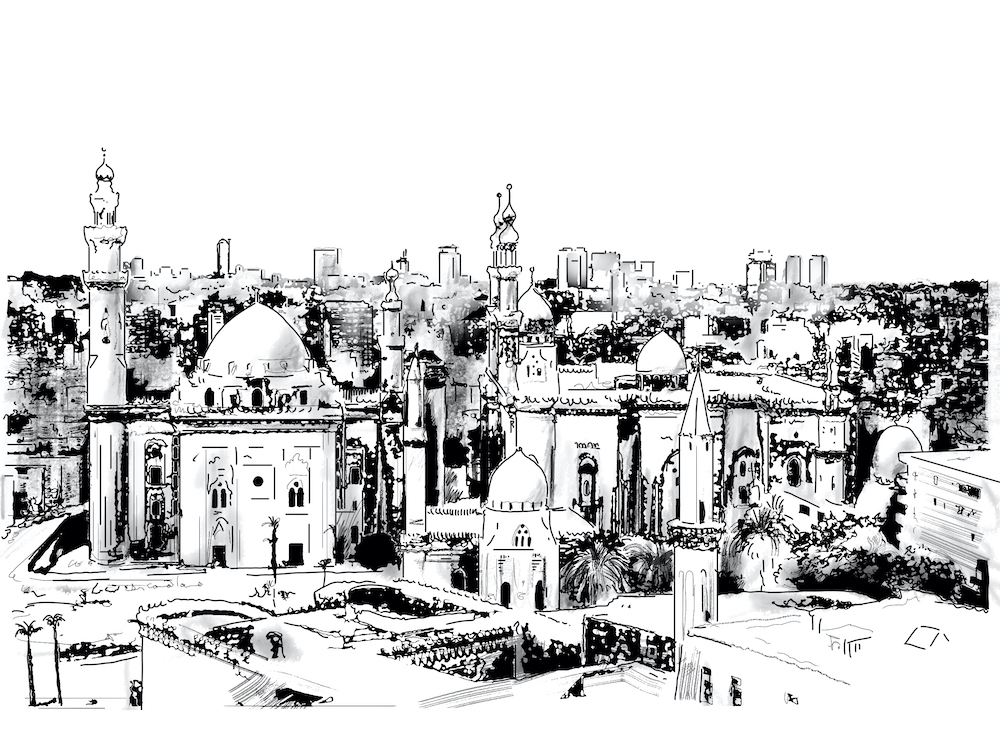
Imam Bayildi, otherwise known as ‘the priest fainted’, is a classic Turkish dish that comprises whole stuffed aubergines, tomatoes, peppers, Urfa chilli flakes and spices. I have such fond memories of my grandmother making it for me when I was a child. Although its exact origins are unknown, it dates back to the days of the Ottoman Empire, and the name ‘İmam bayıldı’ translates as fainting priest, referring to a Turkish legend in which an elderly Imam fainted after eating the dish, apparently due to its abundance of olive oil.
Besides cooking delicious meals following your recipes, how do you hope your audience will respond to this project – do you hope they’ll switch to more sustainable food habits, for example?
I definitely think people should eat less meat, but I’m not one to impose my beliefs on others as I think this is incredibly polarising. No doubt, not all dishes have been historically plant-based, and I’ve had to adapt them. But I think this is part of food evolving!
Ultimately, I want to get people thinking more about the historical and cultural context of food. It’s constantly evolving and this is really exciting. This is largely influenced by migration which should be celebrated.
What’s next in the pipeline?
We recently collaborated with HOME by Ronan Mckenzie to host an event titled Walls Have Ears. This featured a multi-sensory journey into the ancient art of the tea ceremony presented by tea sommelier and R&D chef, Genevieve Lenette, and musician Cassidy Hansen. Blending ancient tradition with modernity, this improvisatory event utilised a synthesis of abstract sound and traditional movement as a medium, in order to investigate how an age-old ritual manifests within an unconventional setting. I’m hoping to do more events and supper clubs, and write more features on exciting and innovative producers and cooks.
All imagery courtesy of Umami Journal

